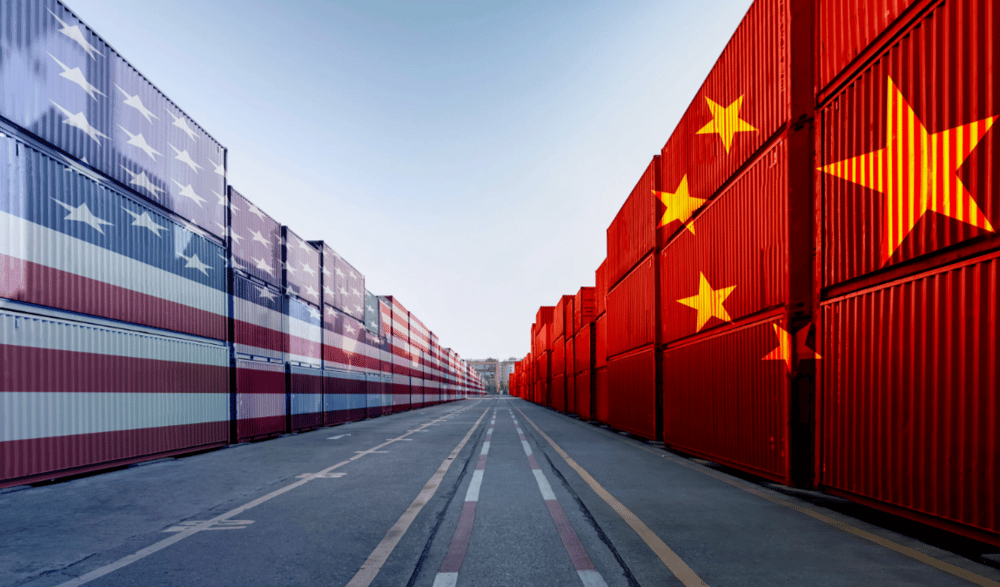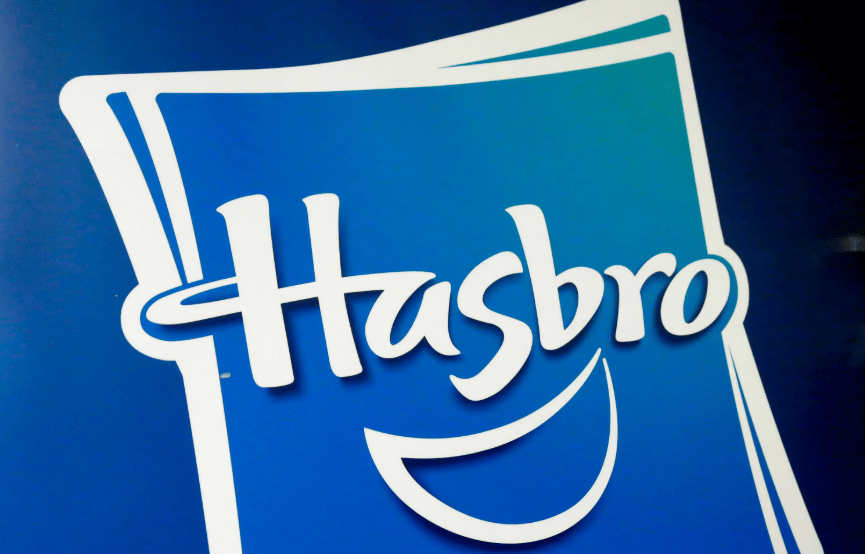Hasbro Cuts Global Workforce Amid Rising U.S. Tariffs on Chinese Toy Imports
Amid escalating trade-related headwinds, Hasbro Inc. $HAS —one of the world’s largest toy manufacturers—has announced a 3% reduction in its global workforce, equivalent to approximately 150 jobs. This move is part of a broader effort to counterbalance mounting operational costs and manage tariff impacts stemming from higher U.S. duties on toy imports from China.
The job reductions reflect Hasbro’s evolving response to external macroeconomic pressures, especially within a supply chain ecosystem still recalibrating from post-pandemic disruptions and geopolitical trade realignments.
Analysis of Hasbro’s Strategic Response and Economic Implications
Hasbro’s latest cost-cutting measure follows a series of restructuring efforts initiated in previous quarters, driven by revenue compression and margin pressures. The current workforce adjustment is directly attributed to increasing tariffs on goods imported from China, a market that remains central to global toy production.
In fiscal 2024, Hasbro reported a total headcount of approximately 4,985 employees globally, according to its annual SEC filing. The current 3% cut suggests that the company is pursuing leaner operational scalability to preserve cash flow and profitability, especially amid volatile trade policy shifts under the Biden administration.
With China accounting for a significant share of Hasbro’s manufacturing base, elevated import duties—rising as part of broader U.S. tariff revisions—pose both direct and indirect cost burdens. These include higher landed costs, compressed gross margins, and more complex inventory planning.

Quick Facts:
🧸 Company: Hasbro Inc.
✂️ Job Reduction: ~150 global positions (3% of total workforce)
📦 Key Driver: Higher U.S. tariffs on toys imported from China
📊 Total Workforce: ~4,985 (as of fiscal 2024)
📍 China Exposure: Major source of Hasbro’s manufacturing
Market Reaction and Sectoral Commentary
The announcement comes at a time when tariff sensitivity is rising across consumer discretionary sectors. For Hasbro, a higher cost base directly affects inventory valuation, pricing strategy, and potentially even retail demand elasticity, especially in the lead-up to peak seasonal sales.
While Hasbro has previously diversified parts of its supply chain to include countries like Vietnam and India, China still dominates the toy production landscape due to its entrenched infrastructure and scale efficiencies.
Market analysts have flagged the risk of longer-term operational bottlenecks and potential gross margin compression for major toy brands unless alternative production hubs are rapidly scaled. Hasbro's strategic realignment may thus reflect a preemptive move ahead of the traditionally strong Q4 holiday cycle, ensuring cost containment and capital preservation.
From an equity perspective, Hasbro shares, listed on the NASDAQ, have shown subdued performance over the past 12 months, reflecting broader concerns over consumer spending softness and input cost volatility.

Key Takeaways:
Strategic Downsizing — Hasbro trims 150 roles to mitigate margin pressures from elevated import costs.
Tariff Exposure — The job cuts are attributed to increased U.S. tariffs on Chinese-made toys.
Supply Chain Challenges — China remains Hasbro’s core manufacturing base, amplifying tariff sensitivity.
Broader Context — The decision aligns with prior restructuring efforts aimed at lowering fixed costs.
Investor Watchpoints — Equity analysts cite near-term cost management as pivotal to Q4 earnings stability.
Sectoral Risk — Toymakers face industry-wide pricing challenges amid uncertain trade policies.
Cost Management as a Response to Global Trade Uncertainty
Hasbro’s decision to cut 3% of its workforce underscores the ongoing challenges facing multinational consumer goods firms amid geopolitical trade volatility. Rising tariffs on Chinese imports have rekindled concerns about supply chain concentration risks, forcing companies like Hasbro to make immediate tactical adjustments.
While the move may help preserve near-term margins, it also highlights the deeper systemic risk tied to overreliance on a single manufacturing geography. In the medium to long term, Hasbro and its peers may need to accelerate supply chain diversification, engage in pricing strategy innovation, and adapt to a more fragmented global trade regime.















Comments
It's a tough but necessary decision for Hasbro to stay competitive in today's challenging market.
The convergence of innovation and investment is laying the groundwork for transformative tech scalability